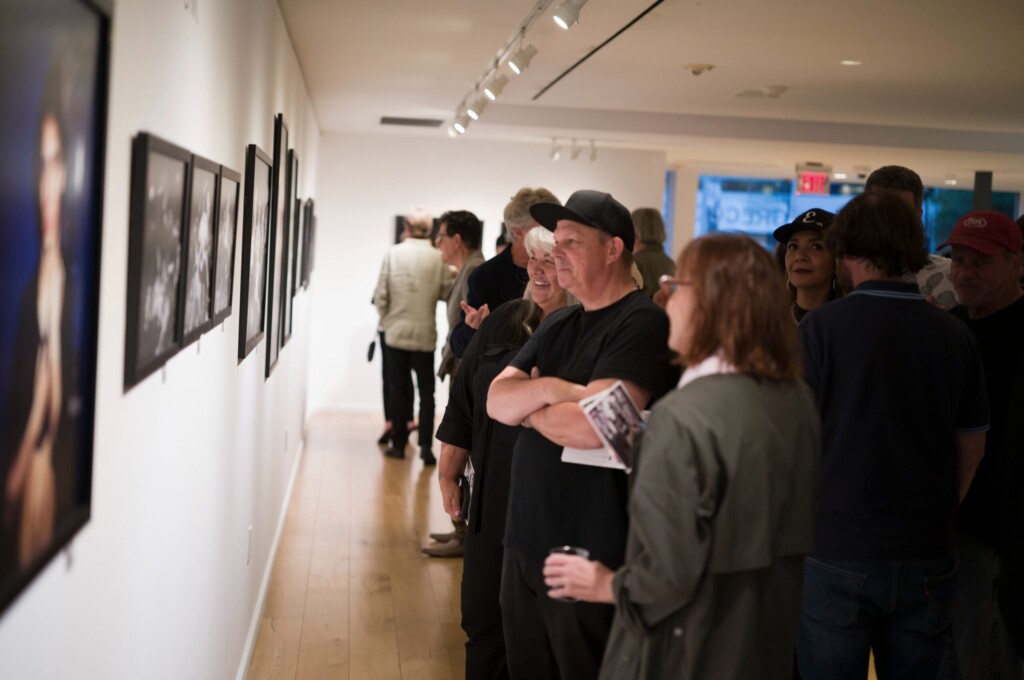Michael Grecco
| Social Media
Preserving the Past: Photography in Museums and Archives
Posted by Michael Grecco

Preserving the Past: Photography in Museums and Archives
Photography in museums and archives is a unique medium for preserving the past. Paintings, drawings, sculptures, animation, virtual reality, and augmented reality each have their place in depicting and preserving the past in museums and archives. Photography is a unique depiction of moments in time.
Photography as an art and documentary medium earned its place in museums and archival records in the first quarter of the 1800s. Joseph Nicéphore Niépce, a scientist in soul, is credited with producing the oldest surviving photograph from a camera. It has been anointed with the title, View from the Window at Le Gras. It is a heliographic image which is discussed in a short essay The First Photograph by Barbara Brown, Head of Photograph Conservation, Harry Ransom Humanities Research Center, The University of Texas at Austin.

View from the Window at Le Gras (photo credit: NBC News/ Barbara Brown)
The Challenges of Preserving Photographs, the Windows to the Past
The Window at Le Gras is a window to the past that challenges the present and future to create a solution for preserving photographs. Bob Dylan said, “inside the museum, infinity goes on trial.” Preserving the exhibitions for infinity is challenging. At barely 200 years old, the photograph is a relatively new addition to museums and historical archives that presents unique preservation challenges.
Museums and archives face similar challenges in preserving their collections and exhibition items. Light, time, temperature, humidity, catastrophic events, and accidents are the enemies of art, artifacts, documents, and photographs.
Protecting Photographs and Their Negatives
Museums and archives continue to add massive amounts of photographs to their collections. It requires a plan and continued funding for preservation, storage, and display. Photographs, like all art, need to be protected for infinity from the ravages of time, temperature, humidity, and dangers. The process of creating a photograph is inherently fragile. The negative from which it was printed, and the paper on which it’s printed are all susceptible to the elements and time.
The age of microfilm was seen as a solution for storage until it became clear that it too was susceptible to the damages of time and temperature. As each new storage solution comes online, museums, archive boards, and curators must have a plan to transfer photograph collections to the latest storage techniques so that infinity may judge the past, present, and future art of photographs.
Storing digital files in the Cloud is seen as a solution. Like storage innovations of the past, the Cloud will reveal its flaws. Corrupted files and damaged hardware are just two things that can go wrong with storing photographs in the cloud. Redundant copies of digital collections secured at multiple sites may be a practical solution.
Photographers as Curators
Photographers should plan to preserve their work in the digital age with redundancy at multiple cloud storage enterprises around the world. Living photographers are the ultimate curator of their work even when showing or placing their photographs in the care of museums and archives.

Days of Punk exhibition at the Leica Gallery in Los Angeles
Michael Grecco curated and made preservation contingency plans for his muti-media show featuring work from his “Days of Punk” period. The show was at the Centro Cultural de Cascais, in Cascais, Portugal from October 15, 2023 to January 28, 2024. It was produced by the D. Luís I Foundation, with the collaboration of the Cascais City Council.

Michael Grecco signing his autograph during the Days of Punk opening night at the Cultural Centre de Cascais
This exhibit was made possible because of the care that Michael Grecco took to preserve his past as a photographer with intimate access over fifty years ago during the early days of the international punk era. The Days of Punk exhibit at Centro Cultural de Cascais featured over 100 high-quality prints from the thousands that Michael Grecco shot and carefully preserved for infinity and summarized in this short video.

